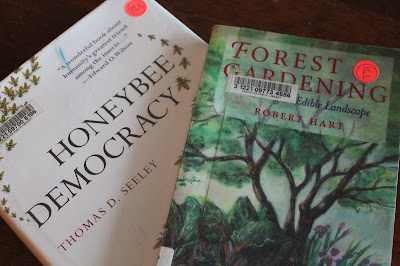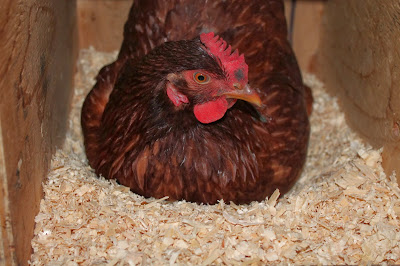"Have you started your Christmas shopping yet?"
Mass "Holiday Retail Mania" has commenced! Flyers and email notifications began to arrive weeks ago as retailers jockeyed for position to vie for our dollars. Now, more than ever, the "push" to spend is at an all time high (and not just for gift giving)! Decorations, housewares, kitchenware, clothing, furniture and appliances... I've seen all of those things advertised as necessary for a merry and bright holiday capable of making all our dreams come true. Hogwash!
As a family, we have been breaking away from that "spendy" path, choosing to make gifts or support local artisans and local producers instead. Hand making or buying a gift made with quality local ingredients or materials (usually with a story behind it) is meaningful and enjoyable beyond what any imported, factory made purchase could ever be. The trend toward a local, low food mile diet is really picking up speed here ~ why not extend that thinking a little further and make 2013 a low gift miles holiday?
Just last weekend, I attended a fantastic barn sale at Alberta Rose Alpacas. It was a PLEASURE to meet such a lovely couple and see their gorgeous (very healthy looking) alpacas and shop for beautiful, one of a kind locally made gifts so close to my home. Amid natural decorations, I shopped for handmade goodness and had a terrible time choosing! After a very pleasurable sensory overload of touch, I was thrilled to have picked up a few gifts for some special people who I know will appreciate the soft warmth of handmade alpaca goodness. Also available was ultra soft alpaca wool in many beautiful colours (which has motivated me to practice my knitting so that I can create something useful with it!).
In addition to buying gifts, I'm so pleased to have purchased this beautiful hat and matching mittens just for ME! My old mitts were so worn after 15 years, they were no longer warm. These new ones are toasty warm and so soft. The hat doesn't itch and is the PERFECT size and shape for my head. What a great morning - I left poorer in dollars, but richer in warmth and appreciation, excited about gift giving and seeing the look of joy on a special person's face when the gift will be opened and touched for the first time. That kind of shopping feels GOOD. Keeping our hard earned dollars IN the community by supporting a local couple directly feels right to me. Had I bought a hat and mitts at "the store" for myself, I'd be sporting high miles winter wear likely made overseas (by a child), shipped halfway around the planet by container ship, rail and truck (all totally dependent on fossil fuels). No connections there, just buying strictly to fill a need. At the farm, I SAW the alpacas (of all colours), MET their attentive owners and CONVERSED with the knitter. Total community connection and relationship building, not to mention snapping another piece solidly into the "local goods" puzzle.
This holiday season, I encourage YOU to find a way to support your local producers be it for food, gifts or personal supplies. Nearly everything you need can be sourced locally, but you may have to go looking for it... it's worth the hunt!





























